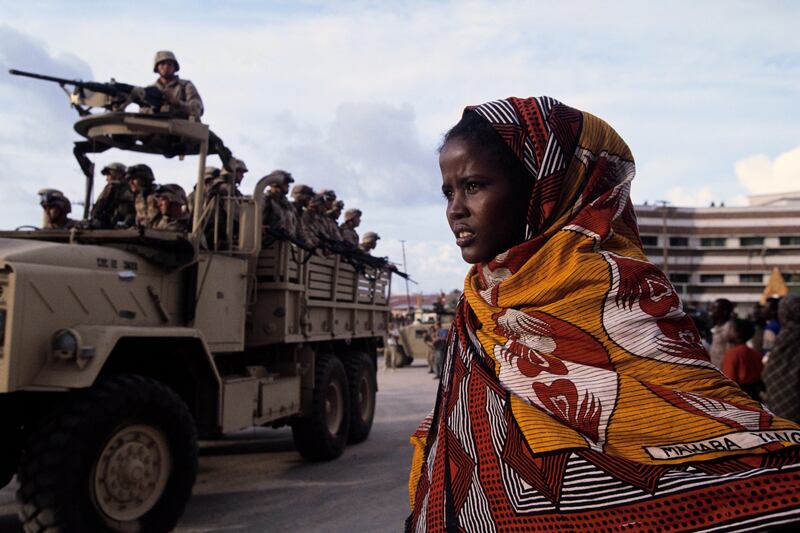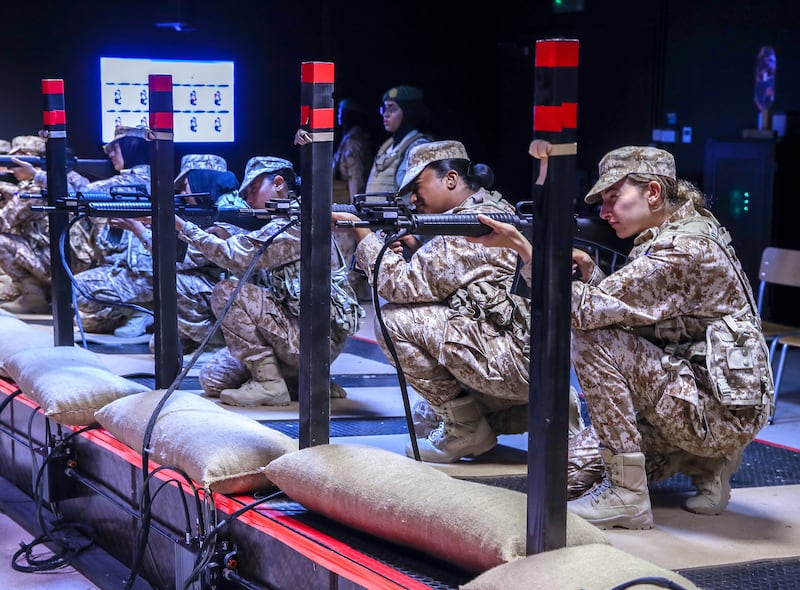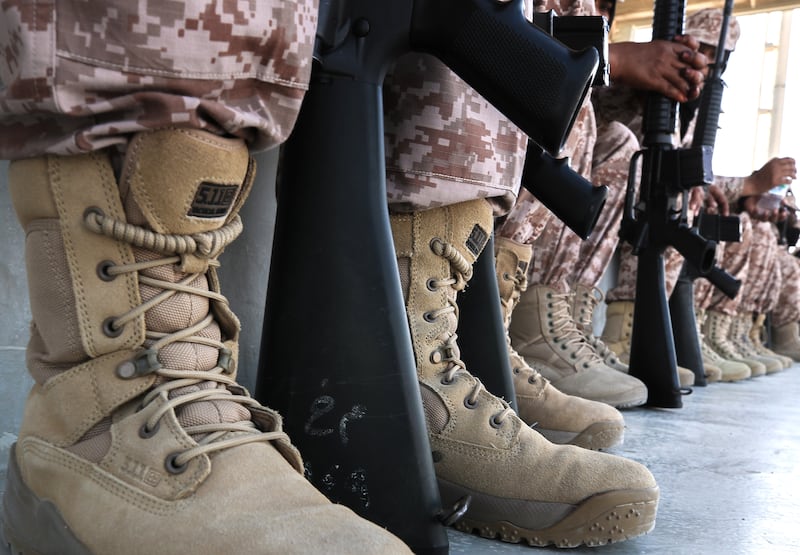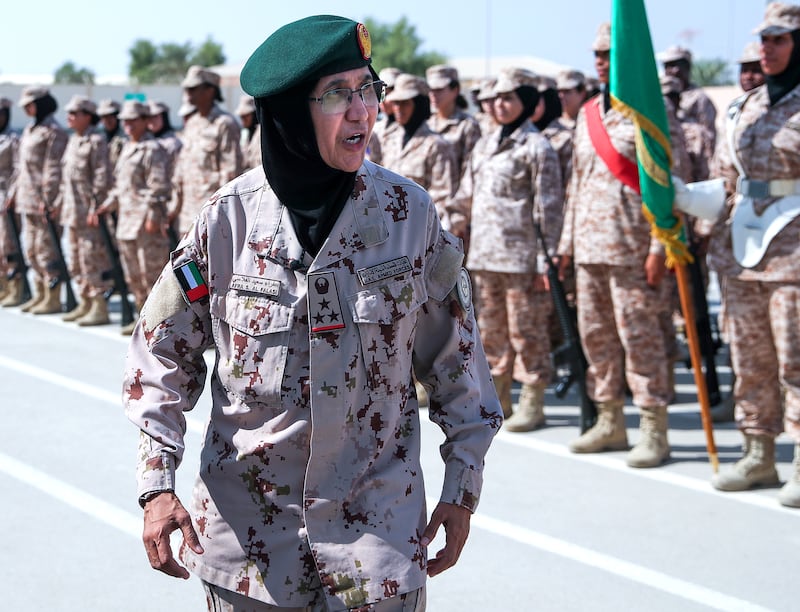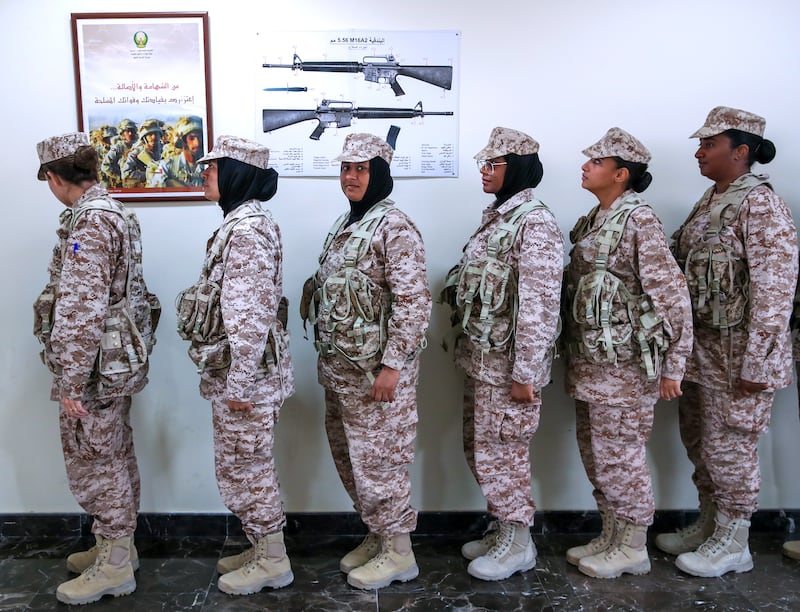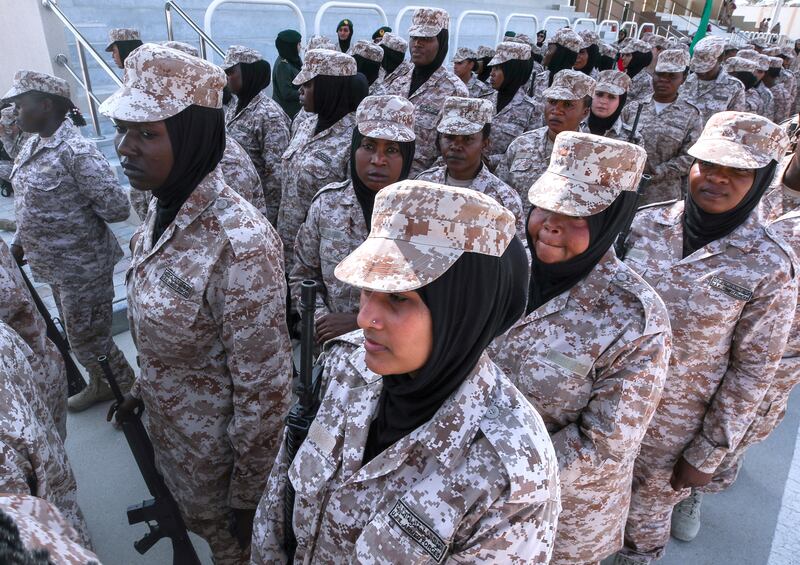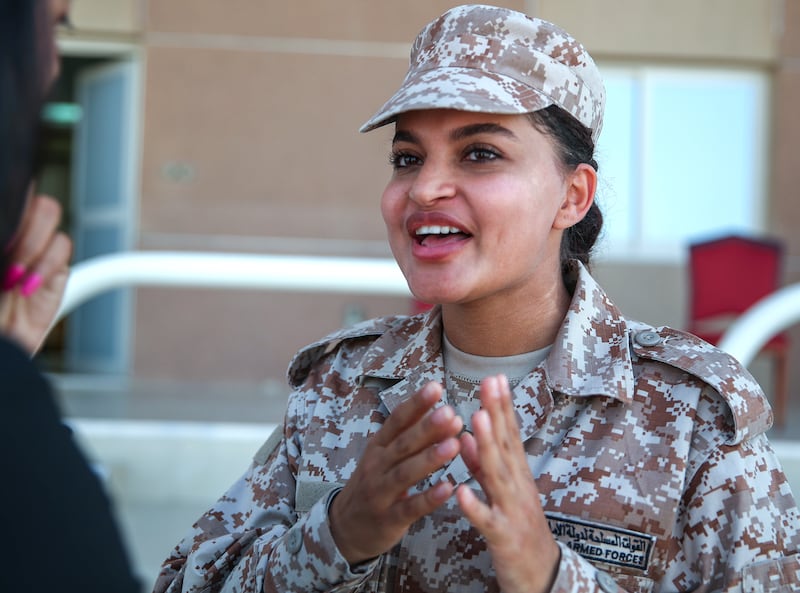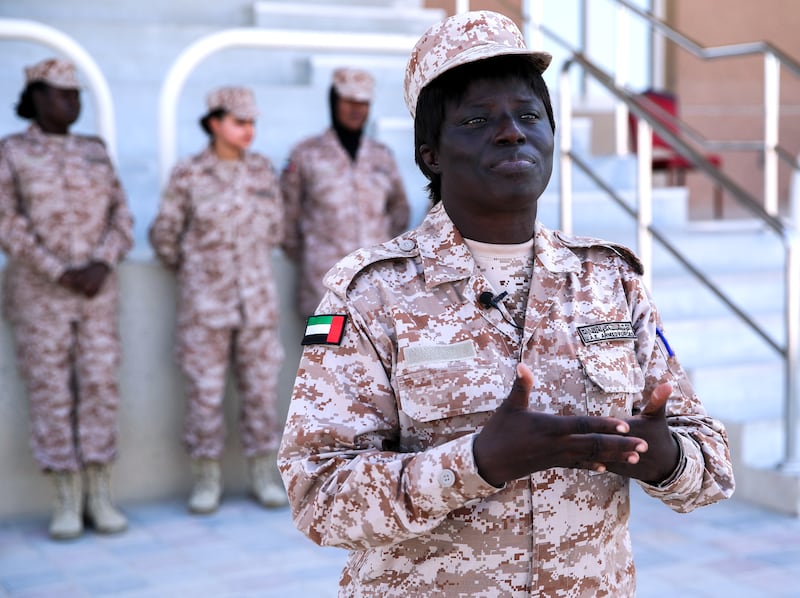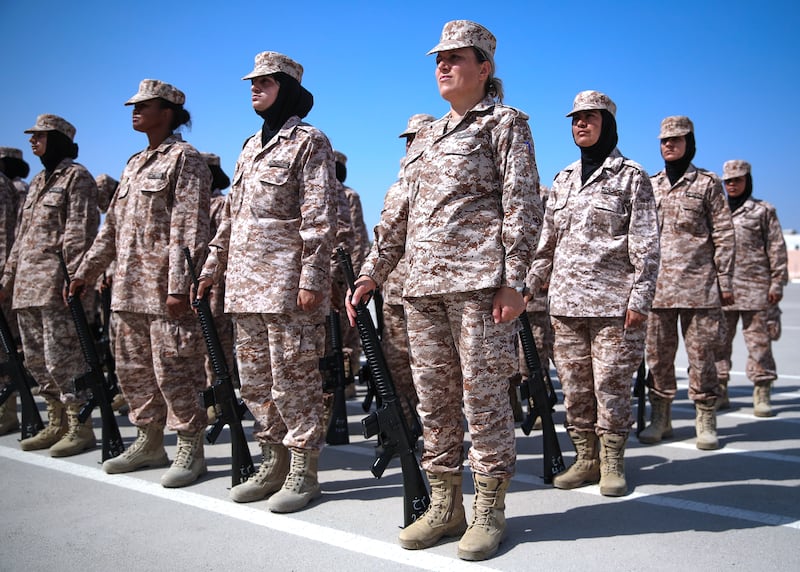In 1993, only 1 per cent of all deployed uniformed personnel were women. That means that in a year that saw military action from Rwanda to Bosnia to Afghanistan, almost all of it was carried out by men. It is a similar picture today.
This minimal participation does not mean that women avoid the terrible effects of conflict; in some regards, they feel it the worst. Women in conflict zones are 50 per cent more likely to experience domestic violence. Sexual violence as a weapon of war, child marriage and people trafficking – abuses that spike in the lawlessness of conflict – disproportionately affect women and girls, too.
It is a reality Lt Remadji Stephanie knows all too well. Her country, Chad, is under constant threat from Boko Haram, a terrorist group that targets women and girls in particular as it seeks to deny them getting an education.
Overcoming this injustice and lack of balance will take a long time and a great deal of effort. But UN Women has been taking significant steps over the years, as it tries to understand the problem through women's eyes, and eventually make them an integral part of the solution.
Having more female peacekeepers is a key strategy. The term refers to UN-affiliated personnel who enter conflict zones to maintain peace and stability, under three principles, "consent of the parties, impartiality and non-use of force except in self-defence and defence of the mandate".
Gradually, more and more women have filled the organisation's ranks. In 2012, they made up 3 per cent of military and 10 per cent of police personnel in UN peacekeeping operations.
There is a strategic urgency to boost these numbers. The UN has also gathered data that shows the concrete benefits of inclusive peace-building. According to the organisation, a peace agreement in which women are involved is 20 per cent more likely to last for two years.
Now, women such as Lt Stephanie are being given the chance to participate in the wider mission of UN peacekeeping at the UAE's Khawla bint Al Azwar Military School, the region’s first women’s military college. “I am determined to go back home to help end the terrorism and violence we face at the hands of Boko Haram, not through violence but through peace,” she says.
The Emirates has so far trained 357 female cadets from all over the world. Today's class has members from Yemen, Senegal and Pakistan, to name only a few of the nationalities present.
It is also advocating for more women in peacekeeping at the highest diplomatic tables. The UAE currently has a non-permanent seat at the UN Security Council. A key goal for the country during its tenure has been implementing Security Council Resolution 1325, the first landmark Security Council resolution that specifically encompassed the role of women in maintaining peace and security.
The council is designed to be a forum for preventing international conflicts. But it, and the wider UN, is fundamentally there to maintain peace and security It is a tough mandate, but with the data in and so much willingness on the part of women to participate, getting more female peacekeepers is a strategy worth pursuing.
